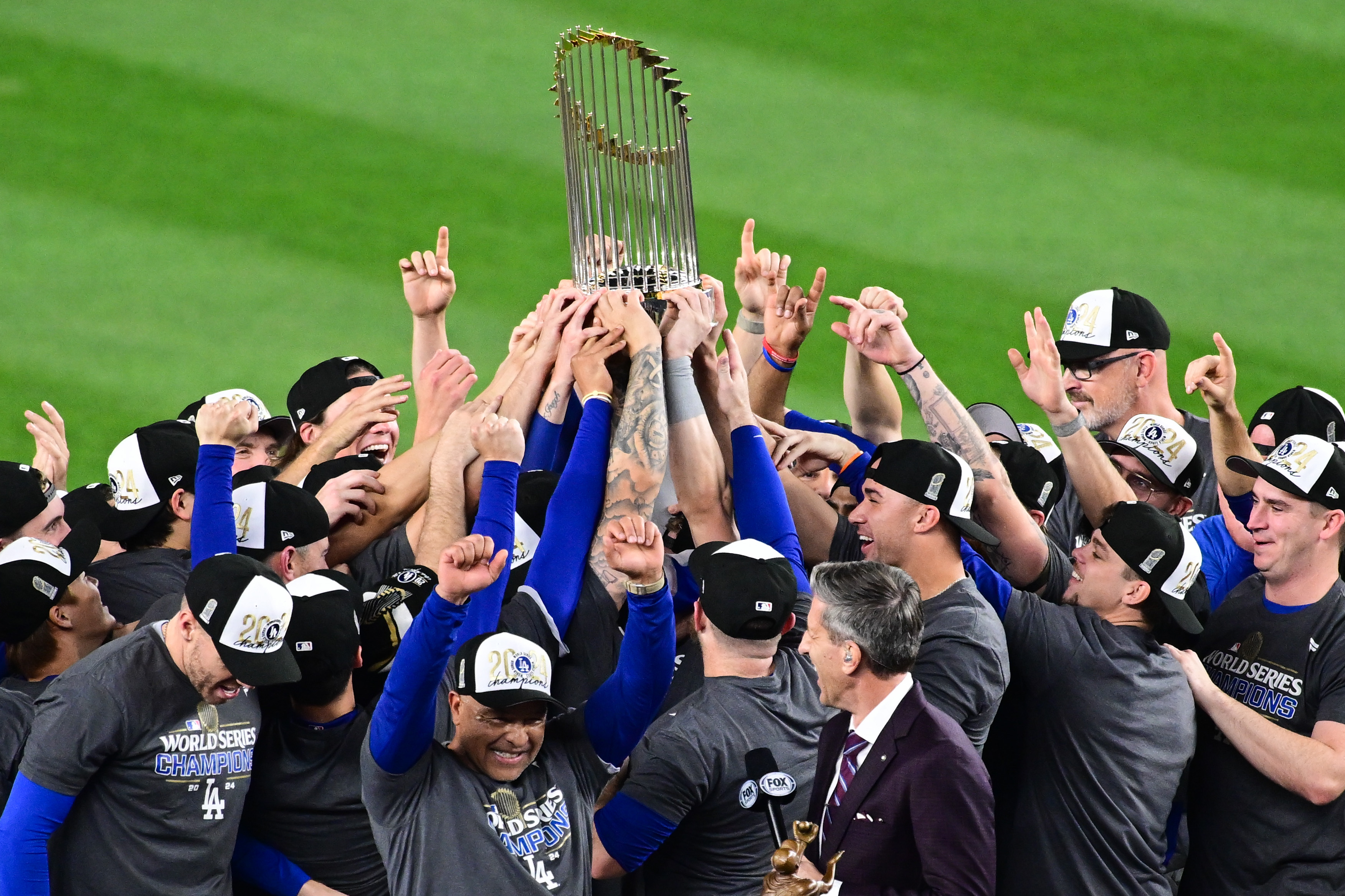A mama bear and two cubs made an adorable splash with a spring pool day at a Monrovia home.
Video captured the bears' visit at about noon Monday as temperatures warmed into the 70s in parts of Southern California. The homeowner, who was home for lunch, said bear visits are not unusual in the community near Angeles National Forest.
This one was a little different, with a higher cute factor.
Get top local stories in Southern California delivered to you every morning. Sign up for NBC LA's News Headlines newsletter.
"We tend to get lots of wildlife crossing through here," Ricky Martinez told NBCLA. "We are always left in awe when we see the bears, especially a momma bear with cubs. We haven't seen cubs that little before, and it was the cutest thing ever."
You might agree after watching the video above. The mama bear shows no hesitation in jumping into the pool and swimming around. The cubs were more cautious, remaining poolside and seemingly enthralled by watching mom splash around in the water.
The bears later played in the backyard and climbed a tree before wandering off.
Local
Get Los Angeles's latest local news on crime, entertainment, weather, schools, COVID, cost of living and more. Here's your go-to source for today's LA news.
It's not the adult bear's first visit to the neighborhood. She visits so frequently that residents have named her Maddie.
"We see her often," said resident Brian Gordon. "I think one of the neighbors got 400,000 Likes on Instagram. She's swinging on a swing. She was at a open house in somebody's hot tub down the street. So, we see her quite a bit. She's even crashed our pool parties. If we're barbecuing, she’ll show up and scare everyone."
About bears in Southern California
Black bears, which can have different color coats, like to feed on plants, insects, nuts, berries and whatever else they think of as edible — such as the contents of trash bins. If food is scarce in their natural habitat, bears are likely to forage elsewhere, bringing them into Southern California foothill neighborhoods.
California's black bear population has been on the rise over the last two decades, growing from an estimated 10,000 to 15,000 in the early 1980s to between 25,000 and 30,000 — and that's a conservative estimate, according to the state department of fish and wildlife.
Black bears, recognized by their small, narrow heads and small ears, have coats that range in color from tan or brown to black. Females grow up to about 200 pounds and males can be a hefty 350 pounds with some giants weighing in at more than 600 pounds.
About half of the state's bear population can be found in the Sierra Nevada Mountains and areas to the north and west. Only an estimated 10 percent of the black bear population inhabits central western and southwestern California.
Although its on the state flag, the fearsome grizzly bear no longer can be found in the California wild. The last grizzly bear observed in California was shot in the early 1920s.



